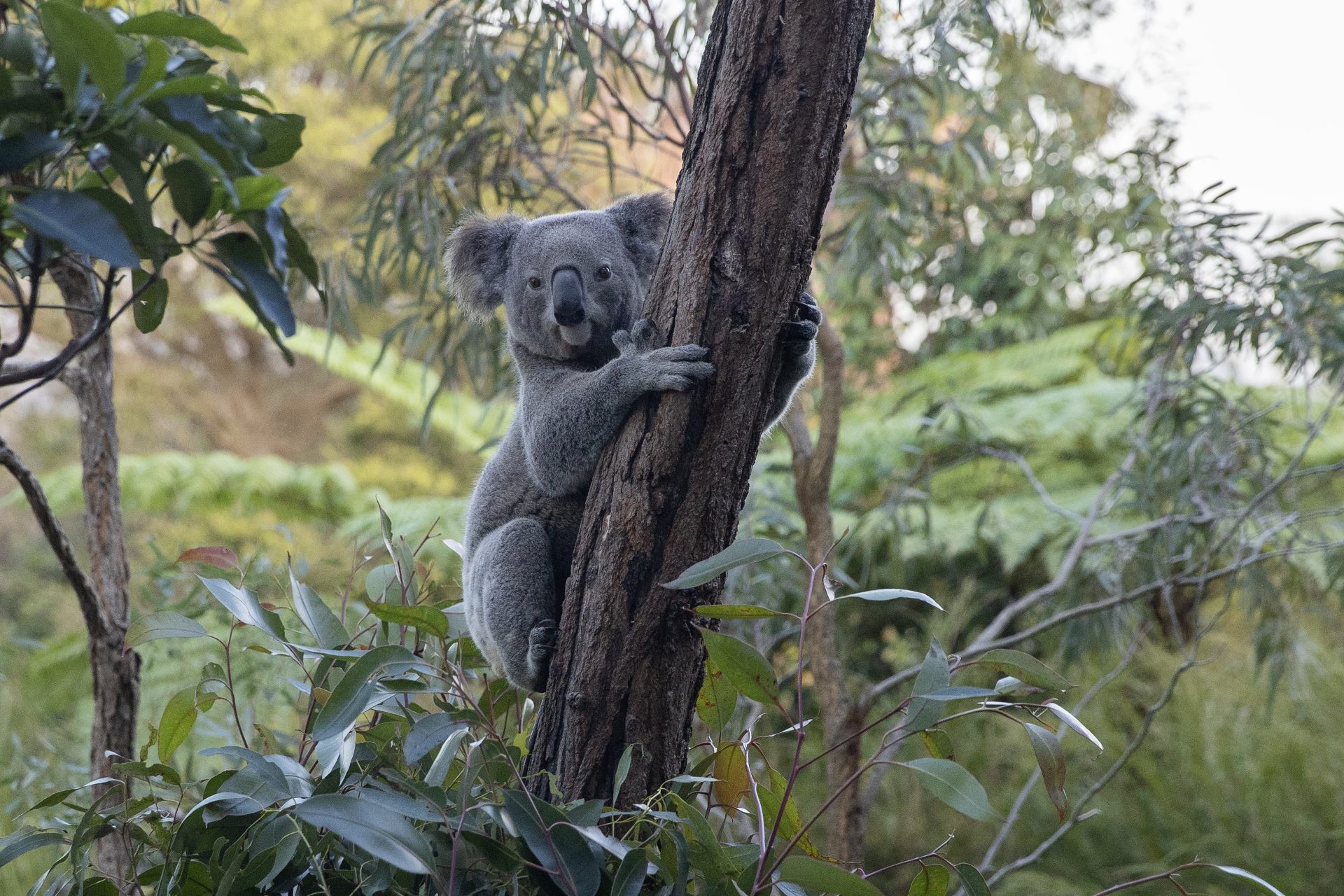Why do koalas need to be vaccinated against chlamydia?
When one thinks of koalas you certainly don't think of chlamydia! Instead we think of these cute little animals hanging out and eating eucalyptus leaves, not being the bearers of an STD!
In early 2023 Australian scientists began vaccinating wild koalas against chlamydia in a field trial. The study hopes to immunize the creatures while investigating the method.
The trial started in March and was scheduled for three months until the end of May. It is a single-shot vaccine, so the koalas don't need to be kept for long.
According to a 2020 study in Nature, chlamydia infection and disease are endemic in free-ranging koalas. It can cause blindness, infertility, and death.
The trial was executed among the population of koalas in the Northern Rivers region of New South Wales, Australia. The researchers hope to vaccinate half of them: around 50.
According to a Government estimation collected by the Associated Press (AP), half of the population is already infected with the disease in other territories, like Queensland.
As the 2020 Nature study explains, the front-line treatment for chlamydia in koalas is still antibiotics, despite their rates of failure and adverse gut effects. That is what they hope to make a change.
"It's killing koalas because they become so sick they can't climb trees to get food or escape predators, and females can become infertile," Samuel Phillips, a microbiologist at the University of the Sunshine Coast, told the AP.
The vaccine used in this wildlife trial was already tested in a few hundred koalas held in wildlife rescue centers for other reasons.
In this study, though, scientists had to balance the risk of the disease in the population against the risk of disturbing the wild animals.
However, the group wanted to understand the impact of vaccinating a population of wild koalas. "We want to evaluate what percentage of the koalas we need to vaccinate to reduce infection and disease meaningfully," Phillips told the AP.
To vaccinate wild koalas, the researchers have to trap them first. First, they spot them in a eucalyptus tree with binoculars and then build a harmless trap around it. When the koala goes down to search for a different tree, it gets trapped.
The scientists then take it back to a wildlife rescue center, checking the specimen's general health, vaccinating the animal, and monitoring its reaction for 24 hours.
After vaccinating a koala, the researchers mark its back with pink paint to avoid trapping the same specimen twice. Then they release it back into the wild.
They do this by placing their cage at the bottom of a eucalyptus tree. The koalas then jump right back up, according to a video the group shared with the Associated Press.
According to the Associated Press, the Government declared these marsupials endangered in a few eastern regions of the country, including Queensland and New South Wales.
The Government warned that Australia's wild koala population has strongly decreased in the past two decades because of disease, habitat loss, and road collisions.
A 2020 New South Wales Government assessment collected by the news agency said the species could become extinct by 2050.
More for you
Top Stories































